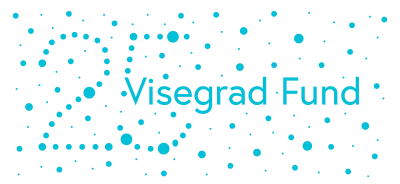Innovative tools in vocational education on cross border area
European Foundation of Development from Poland developed in cooperation with the Elementary school – Grundschule in Kežmarok a project to improve the soft skills in vocational/technical schools in border area.
The employers require more and more soft skills on the top of the hard skill training from technical high school graduates. As traditional education process does not develop these (ability to work in a group, ability to organize work or ability to think selectively and problematically) the project introduced the WebQuest (WQ) teaching method. The main goal is to teach students where and how search for the information, evaluate its veracity and usefulness – in short to teach them critical thinking. The WQ also requires working in a group, so it develops team cooperation and communication.
At the beginning, three experts (specialists in the WQ method, creating lesson scenarios, teaching methodologists) developed working version of twenty WQ plans/scenarios in Polish and Slovak.
The next step was to introduce and test created scenarios at vocational/technical schools on the Polish and Slovak side of the border (Zespół Szkół nr 4 w Nowym Sączu and Stredná odborná škola technická in Poprad). Forty students (equally from both countries) worked in groups of four people on average. For one WQ they needed more or less five hours.
And the WQ themselves? Which topics were introduced to the children by this method? Interesting, useful, actual. Examples? Automation in storehouse based on the Amazon, advantages and disadvantages of electric cars, smart homes, useless application in smartphones, PC history, PC viruses, social media as modern way of communication… Both Slovak and Polish students created twenty multimedia presentations as a final product to every WQ.
The implementation process, success among students and the WQ were evaluated. Questionnaires and observation sheets were filled out and Individualized In-Depth Interviews (IDI) were conducted among teachers about the testing process. They have provided feedback for a given WQ. All was considered and the final, improved version of WQs created. The method has had great success among students and teachers conducting the testing will permanently implement it in their educational institutions as an example of effective education at the vocational/technical level.
